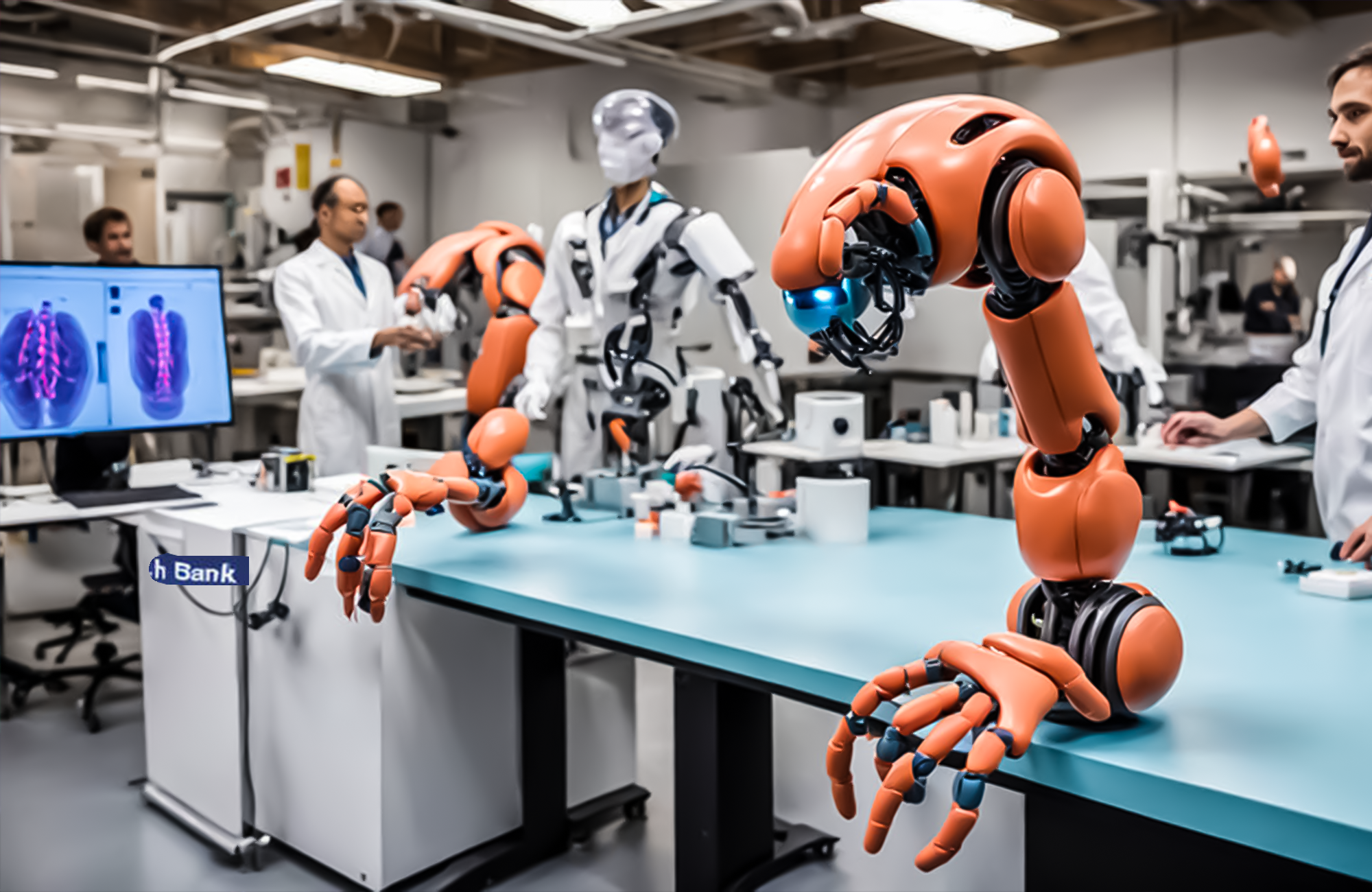Soft Robots with Human-Like Movement
Bring to life a new flexible actuator inspired by human muscle that engineers are revolutionizing in the field of robotics.
Engineers have just developed a kind of breakthrough in robotics—a soft, flexible device working on the same principle as human muscles. The actuator is what this is called, and it’s going to democratize the actions of soft robots in life-like and thus unpredictable motion capabilities. Let’s dive deep into how this new actuator is taking robotics to another dimension.
Innovation of Flexible Actuators
1. Human-Like Movement
The flexible actuator imitates the contraction and expansion of natural muscles. Such a biomimetic approach improves the agility and flexibility of robots to work with precision and adaptability.
2. Application in Soft Robotics
Engineers have come up with two prototypes that show how adaptable the actuator really is: first, a cylindrical, worm-like soft robot capable of slithering through tight spaces, and then an artificial bicep that can curve like human muscles.
Demonstrations and Prototypes
1. Worm-Like Soft Robot
The fluid motion and ability to move through difficult terrain, provided by this cylindrical soft robot powered by a flexible actuator, make it quite optimal for missions like search and rescue operations or confined-space exploration.
2. Artificial Bicep
The artificial bicep acts as proof of concept for an actuator’s ability to imitate human muscle movement and find potential applications in prosthetics, rehabilitation devices, and humanoid robotics that require naturalistic movement capabilities.

Advantages Over Traditional Robotics
1. Flexibility and Maneuverability
Due to their flexible actuators, soft robots operate in a manner that provides safe and efficient motion on complex terrain and interaction with fragile objects that the stiff robotics systems cannot compare to.
2. Biomedical and Industrial Applications
The design of the actuator, through the principle of biomimetics, offers numerous opportunities in biomedical engineering; developing prosthetics and other medical tools in a more naturalistic aspect. For industries, which require dexterity and precision in operational activities, such robots could be developed specifically for them.
Challenges and Future Directions
1. Scaling and Durability
Further development in flexible actuators is needed in order to increase durability and scalability so that the component would gain wide acceptance in various robotic applications. This assures reliability and performance in the long run.
2. AI and Sensory Feedback Integration
The integration of artificial intelligence together with sensory feedback systems will add capabilities that make soft robots autonomous in operation and able to interact with their environment.
Conclusion
This has therefore led to a critical development in soft robotics: the flexible human-muscle-like actuator. Copied in their movement patterns from nature, these robots have been opening up new possibilities in everything from health to exploration.
Get up close and personal with the evolution of robotics featuring flexible muscle bionic actuators!
Our actuator technology bridges the gap
between biology and robotics, offering
unprecedented flexibility and motion
– Lead Engineer

Would you challenge a soft robot to an arm-wrestling match? 💪🤖
Share your thoughts in the comments below!





